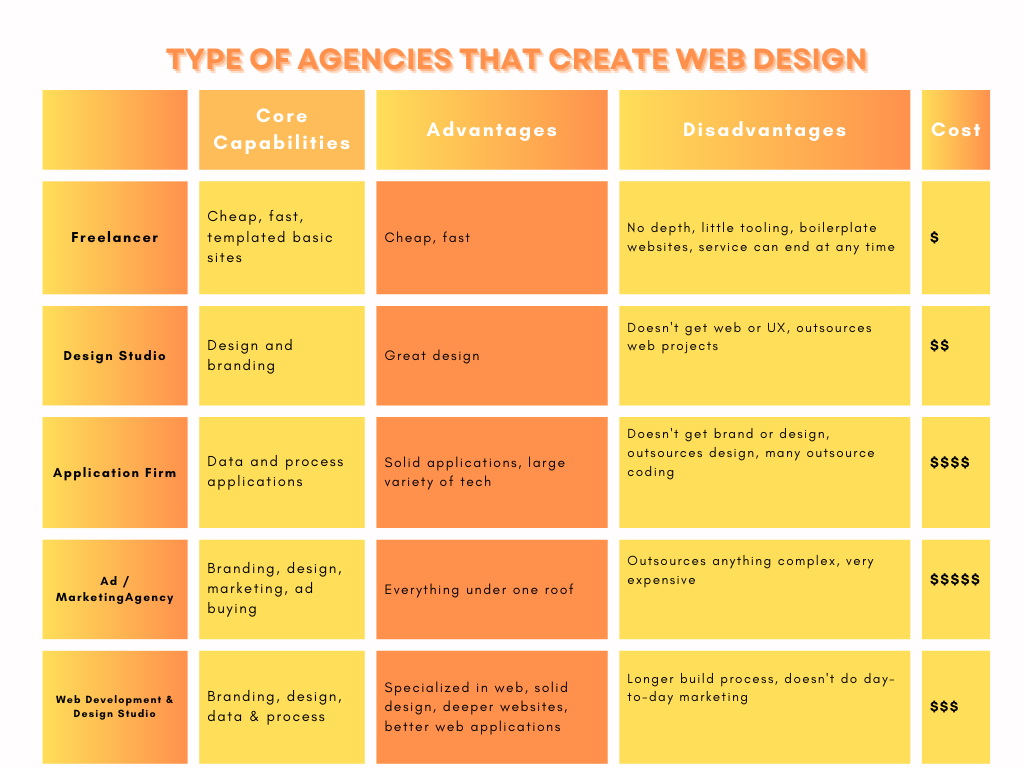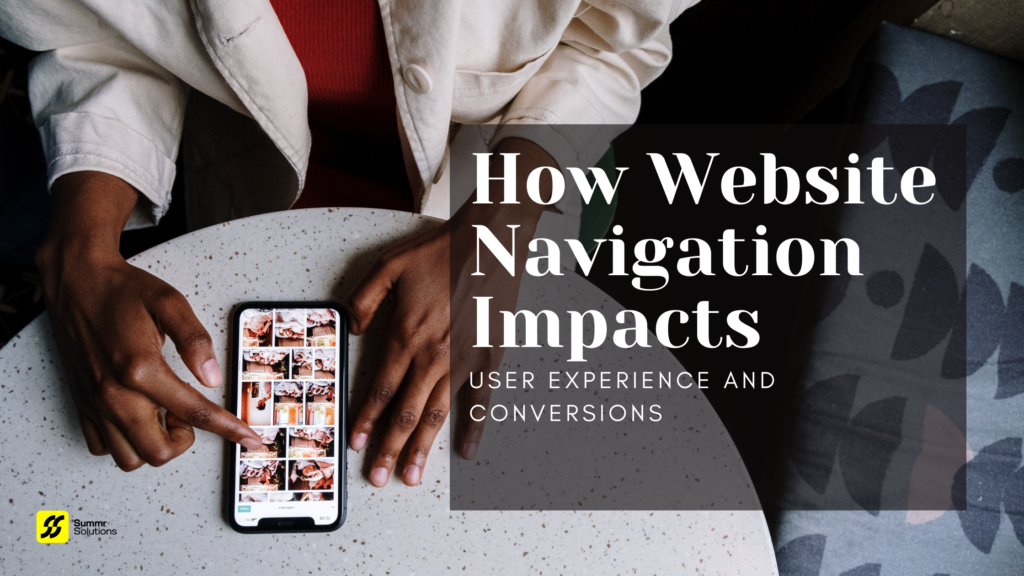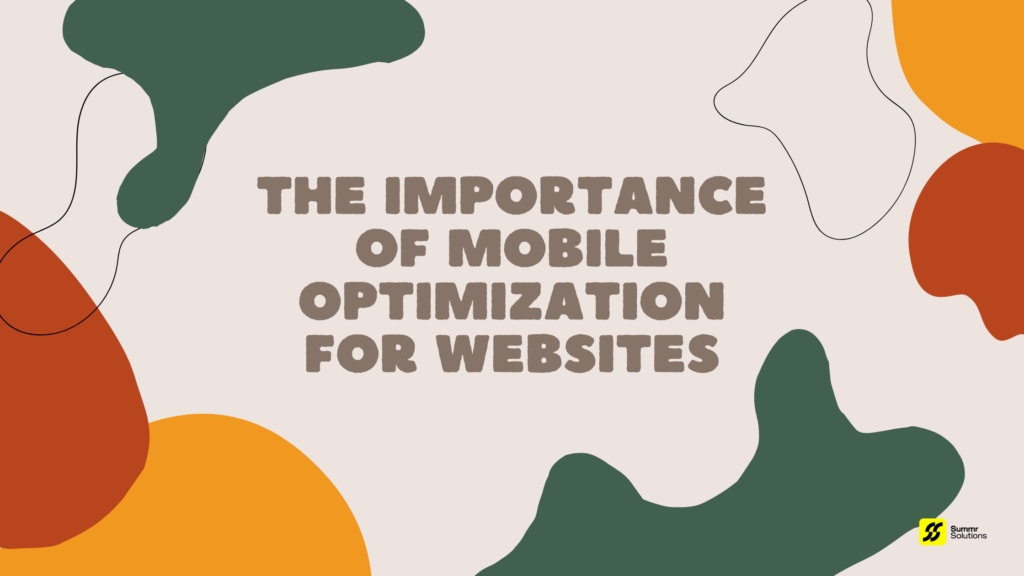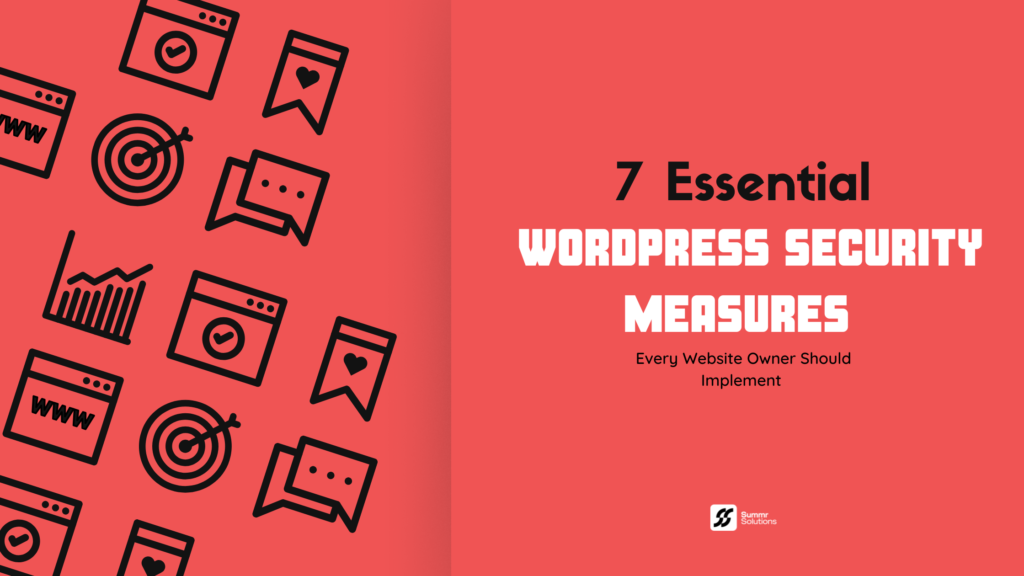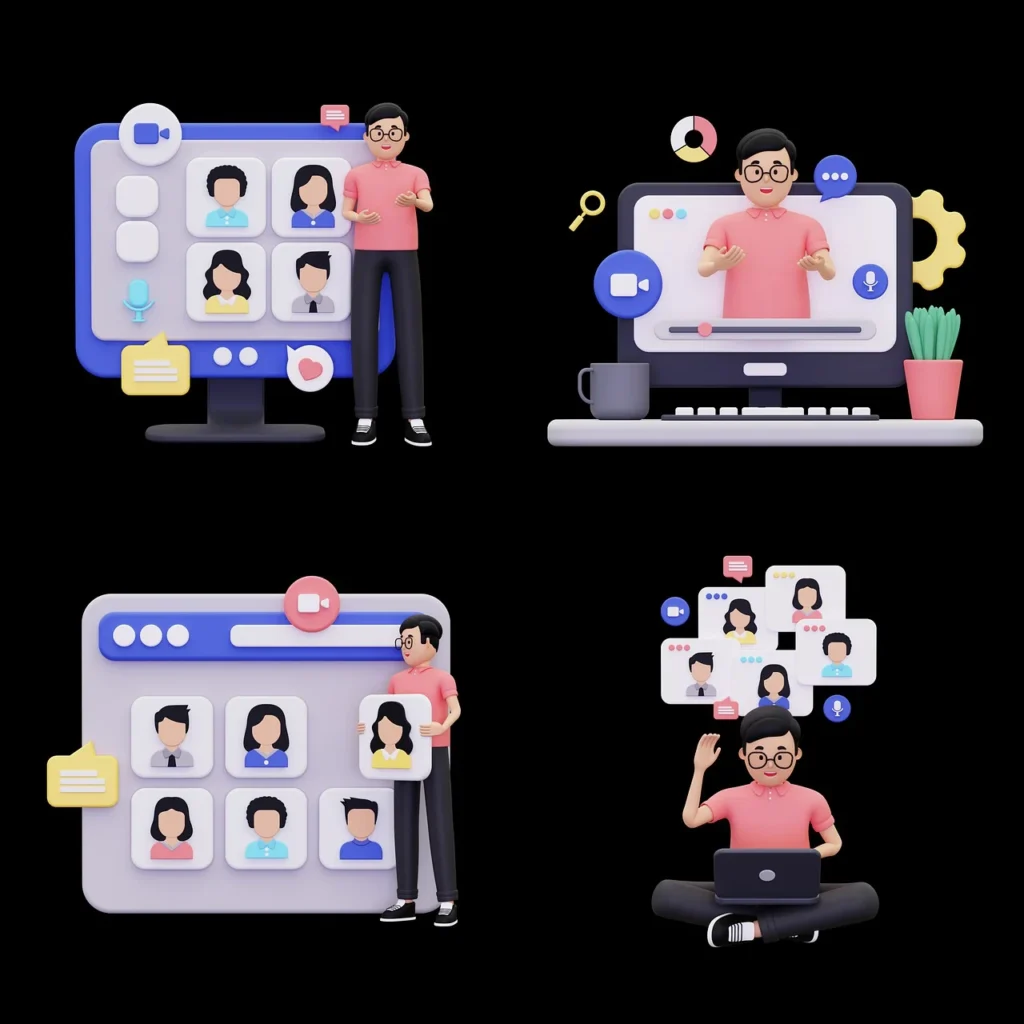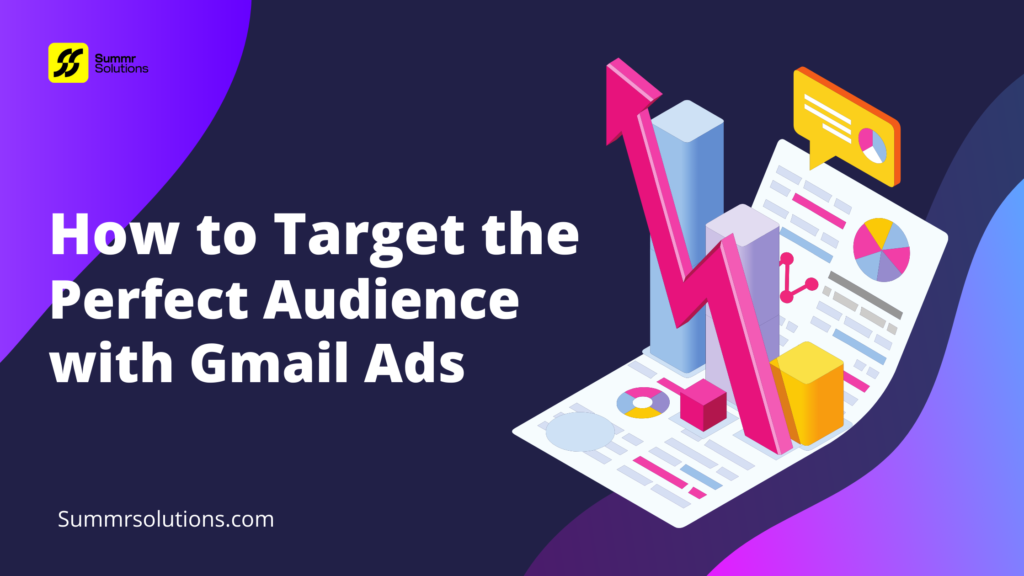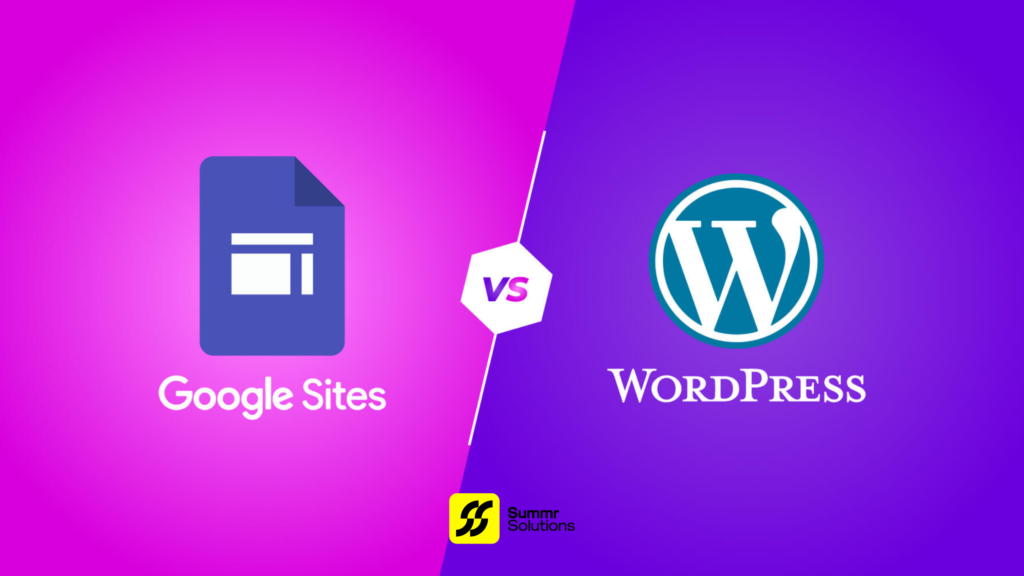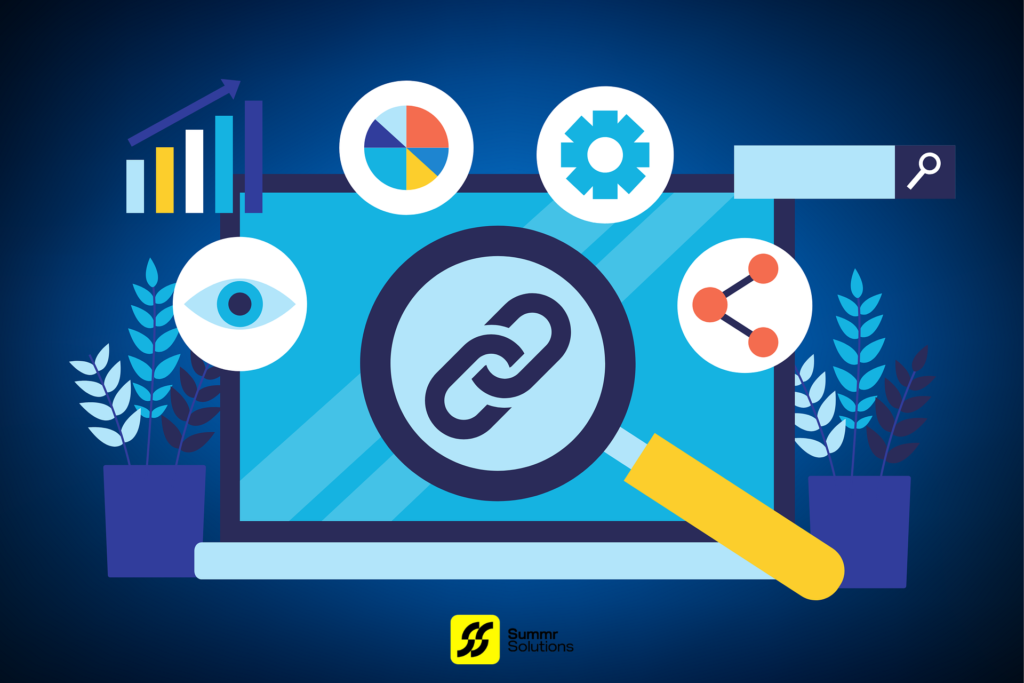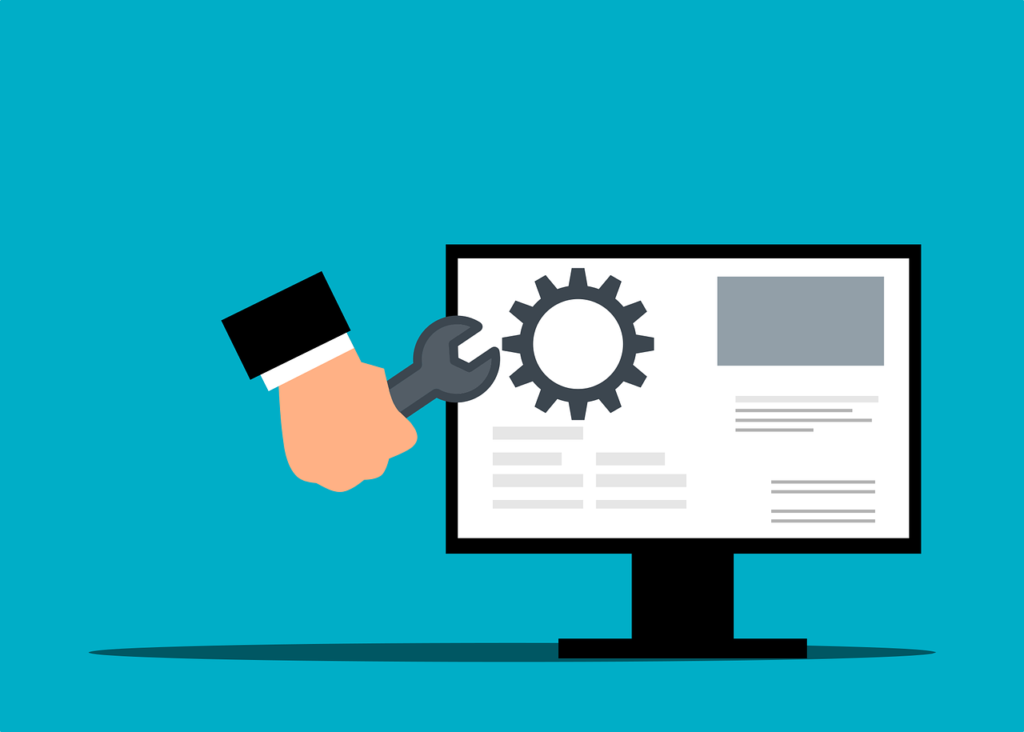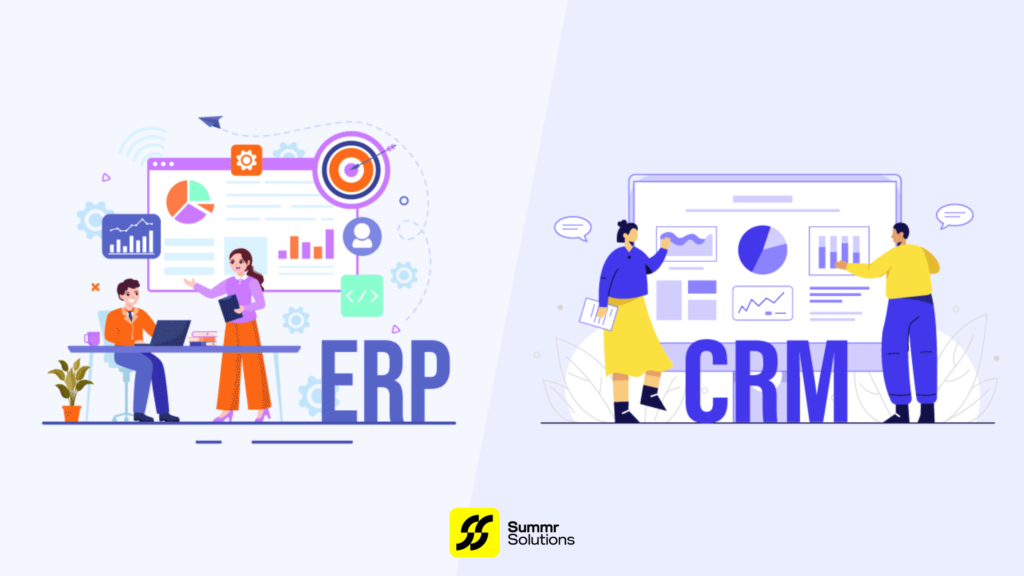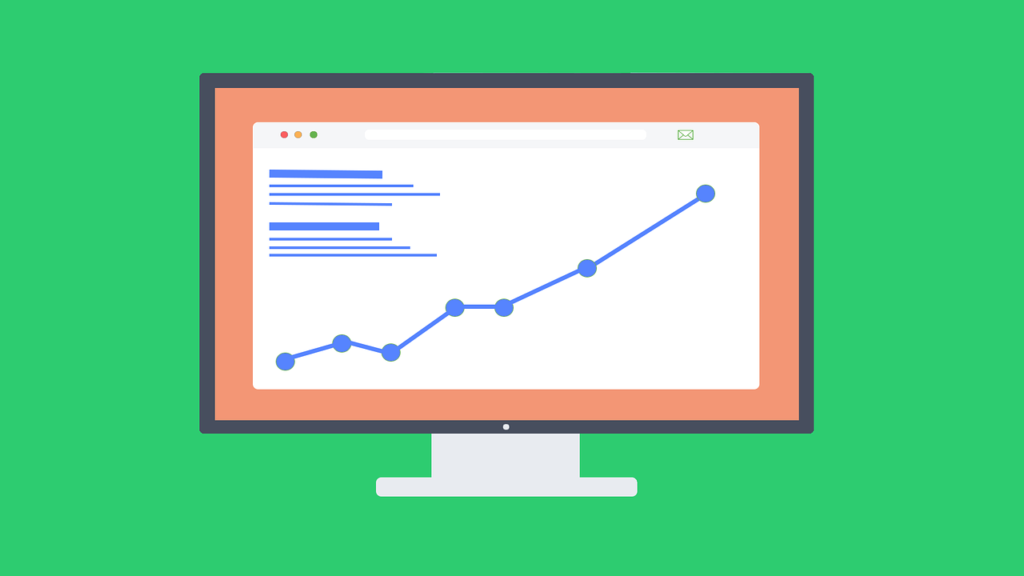Introduction
It enables businesses to generate real-time reports on demand, allowing for timely decision-making. Unlike standard reporting, which follows a fixed schedule, ad hoc reports provide flexibility and customization.
What is Ad Hoc Reporting?
It is the process of generating reports as needed, providing access to specific data outside regular reporting cycles. It allows businesses to pull up-to-date information to make immediate decisions.
Ad Hoc vs. Standard Reporting
- Standard Reports: Pre-scheduled, recurring reports that deliver consistent data at fixed intervals (e.g., quarterly financials).
- Ad Hoc Reports: User-driven reports that provide real-time insights into specific data points whenever needed. These reports offer flexibility and can address immediate issues.
Key Features of Ad Hoc Reporting
- Customization: Tailored to specific data needs, allowing users to select relevant metrics, time frames, and filters.
- Real-Time Data Access: Ad hoc reports give access to the most current information, enabling faster, more accurate decision-making.
- User-Friendly: Non-technical users can generate ad hoc reports without relying on IT, streamlining the process.
- Interactive Dashboards: Users can drill down into data to explore deeper insights and trends.
- Visualizations: Data is presented through charts, graphs, and tables for clearer and more digestible analysis.
Benefits of Ad Hoc Reporting
- Efficiency: Faster reporting ensures timely adjustments in projects and performance tracking without waiting for the next standard report.
- Cost Savings: Ad hoc reports help identify inefficiencies sooner, preventing delays and saving time and resources.
- Enhanced Communication: Allows specific teams to receive customized reports, improving collaboration and decision-making.
- Customizability and Flexibility: Ad hoc reports offer flexibility by pulling specific data sets, making them adaptable to varying business needs.
Challenges of Ad Hoc Reporting
- Consistency: Ensuring that all users access the same data set is critical to avoid misalignment in analysis.
- Over-Reliance: Excessive use of ad hoc reports can lead to skewed perceptions if they’re not balanced with traditional, comprehensive reports.
- Data Quality: The data in ad hoc reports may sometimes be incomplete, leading to potential misinterpretation.
Best Practices for Ad Hoc Reporting
- Define Clear Objectives: Know the specific questions the report should answer.
- Simple Layouts: Ensure reports are user-friendly and easy to comprehend.
- Use Data Visualizations: Presenting data graphically makes it easier to digest and interpret.
- Consistency: Ensure uniformity in the data across all users for coherent decision-making.
- Utilize Reporting Tools: Tools like Tableau, Power BI, and Google Data Studio simplify the creation of accurate ad hoc reports.
Tools for Ad Hoc Reporting
- Tableau: Known for powerful data visualizations and easy-to-use dashboards.
- Power BI: Offers robust integration with numerous data sources for real-time analysis.
- Google Data Studio: A free, user-friendly tool that allows for customizable report creation.
- Looker: A cloud-based analytics tool offering customizable dashboards.
- Zoho Analytics: Simplifies hoc reporting for small and medium-sized enterprises.
Use Cases of Ad Hoc
- Sales Analysis: Track real-time sales performance across different products or regions.
- Financial Tracking: Pull current revenue, expense, and budget data for quick assessments.
- Customer Insights: Review customer engagement metrics or feedback as soon as they become available.
- Operational Performance: Monitor production output, supply chain efficiency, and employee productivity.
- Marketing Campaigns: Analyze ongoing campaign performance to make mid-campaign adjustments.
Conclusion
Ad hoc reporting allows businesses to remain agile, improving decision-making with real-time data access. By balancing ad hoc and standard reports, companies can optimize both flexibility and accuracy in their analytics. Using the right tools and following best practices ensures consistent, reliable results that drive informed business strategies.






